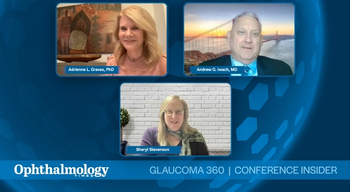
Glaucoma 360's co-founders and co-chairs Adrienne L. Graves, PhD, and Andrew G. Iwach, MD, speak with Ophthalmology Times®' Sheryl Stevenson on what attendees can expect from this year's annual meeting.

Glaucoma 360's co-founders and co-chairs Adrienne L. Graves, PhD, and Andrew G. Iwach, MD, speak with Ophthalmology Times®' Sheryl Stevenson on what attendees can expect from this year's annual meeting.

A University of Montréal Hospital Research Center team reveals the fine mechanisms behind the major vascular defects observed in glaucoma patients and identifies new therapeutic targets.
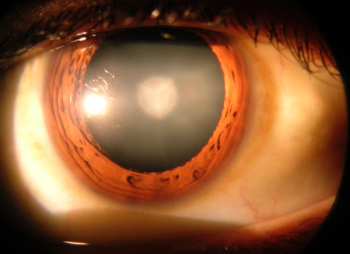
Researchers at the University of Arizona Health Sciences will use a $1.6 million National Eye Institute grant to study age-related lens cell changes that can lead to cataracts.
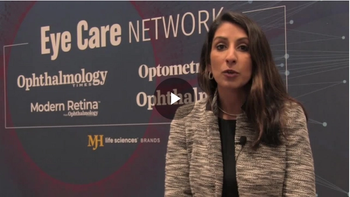
Preeya Gupta, MD, walks through her four pearls for successful corneal collagen cross-linking, including handling patient expectations, managing the epithelial cells and preventing infectious keratitis.

Cleveland Eye Bank Foundation (CEBF) will feature nine researchers from three eye institutions on February 15, from 3 to 5 pm Eastern, for its second annual virtual vision research symposium.

The future of this age-related condition is bright and in focus.

The study reviews the outcomes following penetrating, closed trauma–related injuries.
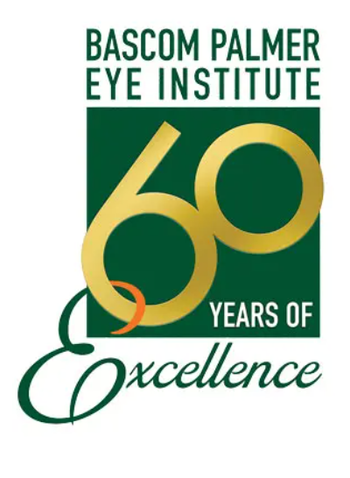
The historic eye institute celebrates six decades of leadership in eye care research, education and clinical practice.

Research also highlights the top factors that lead to care, which can be used to improve parents' uptake of sight-saving surgery for their children.

Renewed consumer interest in and demand for LASIK, SMILE, and other procedures are among the key drivers for 2021 performance.

This Bascom Palmer Eye Institute 2-day virtual scientific program promises a distinguished international faculty who will share the latest developments in imaging, translational research, and clinical trials as well as the impact these advances will have on clinical ophthalmology.

Physicians find that additional treatment is not required for many patients.

According to investigators, patients implanted with diffractive multifocal IOLs had notable declines in the corrected distance visual acuity, distance corrected near VA, and near area of focus with aging

The application of mitomycin C after corneal cross-linking does not prevent development of corneal haze after the procedure, but it does contribute to development of more corneal haze.

Striving to improve outcomes is important because of the negative effect of astigmatism on patients’ vision postoperatively.

The acquisition brings the Hydrus Microstent into Alcon’s global surgical portfolio. The company will leverage its global footprint and leadership in ophthalmology to drive future growth, bringing the device to more patients worldwide.

The new procedure eliminates the need for scleral flaps by positioning the T-shaped IOL haptics in the scleral wall.

According to investigators, the elevated risk is associated with cataract type, case complexity, and history of DME/PDR.
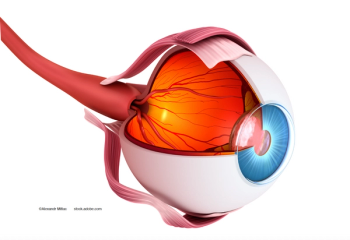
Consecutive intravitreal dexamethasone treatments may be beneficial for patients with DME patients who had undergone a previous vitrectomy.

The approach seems to provide high levels of spectacle independence and patients' satisfaction, with limited complications associated.

A virtual, risk-based approach to preoperative medical evaluations for cataract surgery may be associated with safe and efficient outcomes, according to study investigators.

Robert H. Osher, MD, shows the merits of drug delivery via capsular bag after cataract surgery.

Analysis finds acceptable outcomes can be expected when pterygium surgery is performed by a supervised ophthalmology resident.

Spectacle independence is not the main factor that determines patients’ lens selections, according to study investigators.

An elevated risk may be associated with the cataract type, case complexity, and history of diabetic macular edema or proliferative diabetic retinopathy.